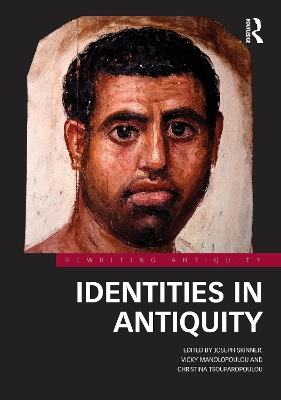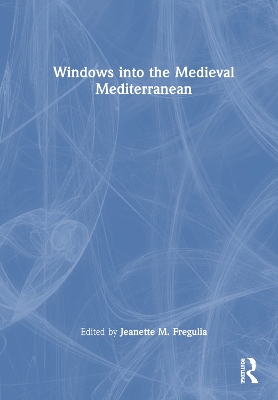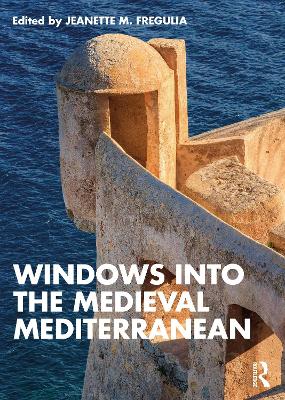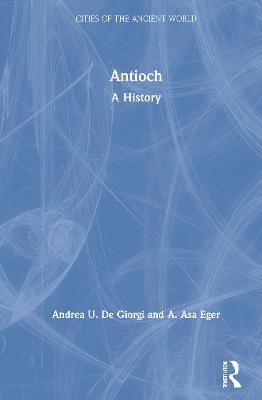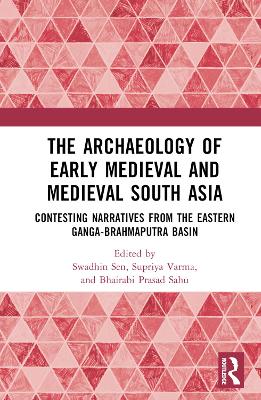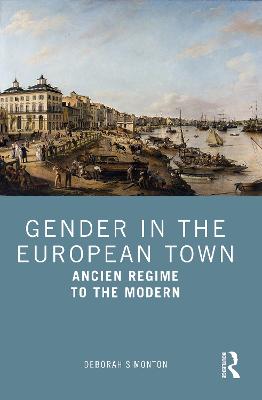Rethinking the Roman City
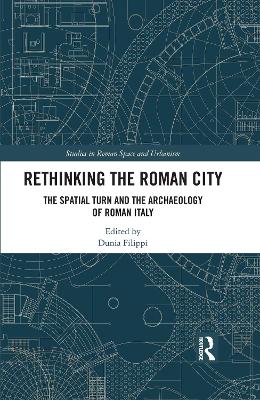 -10%
portes grátis
-10%
portes grátis
Rethinking the Roman City
The Spatial Turn and the Archaeology of Roman Italy
Filippi, Dunia
Taylor & Francis Inc
03/2022
252
Dura
Inglês
9780815361794
15 a 20 dias
653
Descrição não disponível.
List of figures
List of contributors
Acknowledgements
PART 1
Methodological approaches
Chapter 1
Topography between two worlds: William Gell and Antonio Nibby
Andrew Wallace-Hadrill with Martin Millett
Chapter 2
Some thoughts on current trends in the archaeology of urban contexts and rural landscapes in the Mediterranean world
Stefano Campana
PART 2
Cities with optimal data: Rome, Ostia and Pompeii
Chapter 3
Topography and Classical Archaeology: Landscape biography
Paolo Carafa
Chapter 4
Sensory-spatial history at Ostia: The embodied space of street porticoes
Jeffrey D. Veitch
Chapter 5
Rethinking Relationships between Ostia and Portus
Simon Keay
Chapter 6
Visual communication in the streets of Pompeii
Annette van Haug and Philipp Kobutsch
PART 3
A key public space in the Roman city: The Forum
Chapter 7
Archaeologists in the Roman Forum
Dunia Filippi
Chapter 8
Historians in the Forum
Nicholas Purcell
Chapter 9
Children and Public Space in Early Imperial Rome
Ray Laurence
Chapter 10
Transformations of public space in the cities of Italy under the Principate: the case of the Forum
John Patterson
Index
List of contributors
Acknowledgements
PART 1
Methodological approaches
Chapter 1
Topography between two worlds: William Gell and Antonio Nibby
Andrew Wallace-Hadrill with Martin Millett
Chapter 2
Some thoughts on current trends in the archaeology of urban contexts and rural landscapes in the Mediterranean world
Stefano Campana
PART 2
Cities with optimal data: Rome, Ostia and Pompeii
Chapter 3
Topography and Classical Archaeology: Landscape biography
Paolo Carafa
Chapter 4
Sensory-spatial history at Ostia: The embodied space of street porticoes
Jeffrey D. Veitch
Chapter 5
Rethinking Relationships between Ostia and Portus
Simon Keay
Chapter 6
Visual communication in the streets of Pompeii
Annette van Haug and Philipp Kobutsch
PART 3
A key public space in the Roman city: The Forum
Chapter 7
Archaeologists in the Roman Forum
Dunia Filippi
Chapter 8
Historians in the Forum
Nicholas Purcell
Chapter 9
Children and Public Space in Early Imperial Rome
Ray Laurence
Chapter 10
Transformations of public space in the cities of Italy under the Principate: the case of the Forum
John Patterson
Index
Este título pertence ao(s) assunto(s) indicados(s). Para ver outros títulos clique no assunto desejado.
Ancient Rome;Roman Italy;Archaeology of Roman Italy;Forum Romanum;spatial turn;spatial turn in roman archaeology;Young Man;Roman urban space;9th Century BCE;Henri Lefebvre;Ludi Saeculares;ostia;Della;ostia and urban space;Century CE;pompeii;Roman Forum;pompeii and urban space;Praefectus Annonae;Isola Sacra;Landscape Biography;ancient urbanism;6th Century CE;ancient city;Lexicon Topographicum Urbis Romae;roman urbanism;Geophysical Survey;roman city;Street Porticoes;Topography and Classical Archaeology;Secular Games;Methodological approaches to roman urbanism;Lacus Curtius;Methodological approaches to the spatial turn;St Century CE;Methodological approaches to the archaeology of roman italy;Portico Space;ostia antica;2nd Century CE;archaeology and the roman forum;Community Central Space;archaeology of pompeii;Sample Transect;archaeology of ostia;Capitoline Hill;public space in rome
List of figures
List of contributors
Acknowledgements
PART 1
Methodological approaches
Chapter 1
Topography between two worlds: William Gell and Antonio Nibby
Andrew Wallace-Hadrill with Martin Millett
Chapter 2
Some thoughts on current trends in the archaeology of urban contexts and rural landscapes in the Mediterranean world
Stefano Campana
PART 2
Cities with optimal data: Rome, Ostia and Pompeii
Chapter 3
Topography and Classical Archaeology: Landscape biography
Paolo Carafa
Chapter 4
Sensory-spatial history at Ostia: The embodied space of street porticoes
Jeffrey D. Veitch
Chapter 5
Rethinking Relationships between Ostia and Portus
Simon Keay
Chapter 6
Visual communication in the streets of Pompeii
Annette van Haug and Philipp Kobutsch
PART 3
A key public space in the Roman city: The Forum
Chapter 7
Archaeologists in the Roman Forum
Dunia Filippi
Chapter 8
Historians in the Forum
Nicholas Purcell
Chapter 9
Children and Public Space in Early Imperial Rome
Ray Laurence
Chapter 10
Transformations of public space in the cities of Italy under the Principate: the case of the Forum
John Patterson
Index
List of contributors
Acknowledgements
PART 1
Methodological approaches
Chapter 1
Topography between two worlds: William Gell and Antonio Nibby
Andrew Wallace-Hadrill with Martin Millett
Chapter 2
Some thoughts on current trends in the archaeology of urban contexts and rural landscapes in the Mediterranean world
Stefano Campana
PART 2
Cities with optimal data: Rome, Ostia and Pompeii
Chapter 3
Topography and Classical Archaeology: Landscape biography
Paolo Carafa
Chapter 4
Sensory-spatial history at Ostia: The embodied space of street porticoes
Jeffrey D. Veitch
Chapter 5
Rethinking Relationships between Ostia and Portus
Simon Keay
Chapter 6
Visual communication in the streets of Pompeii
Annette van Haug and Philipp Kobutsch
PART 3
A key public space in the Roman city: The Forum
Chapter 7
Archaeologists in the Roman Forum
Dunia Filippi
Chapter 8
Historians in the Forum
Nicholas Purcell
Chapter 9
Children and Public Space in Early Imperial Rome
Ray Laurence
Chapter 10
Transformations of public space in the cities of Italy under the Principate: the case of the Forum
John Patterson
Index
Este título pertence ao(s) assunto(s) indicados(s). Para ver outros títulos clique no assunto desejado.
Ancient Rome;Roman Italy;Archaeology of Roman Italy;Forum Romanum;spatial turn;spatial turn in roman archaeology;Young Man;Roman urban space;9th Century BCE;Henri Lefebvre;Ludi Saeculares;ostia;Della;ostia and urban space;Century CE;pompeii;Roman Forum;pompeii and urban space;Praefectus Annonae;Isola Sacra;Landscape Biography;ancient urbanism;6th Century CE;ancient city;Lexicon Topographicum Urbis Romae;roman urbanism;Geophysical Survey;roman city;Street Porticoes;Topography and Classical Archaeology;Secular Games;Methodological approaches to roman urbanism;Lacus Curtius;Methodological approaches to the spatial turn;St Century CE;Methodological approaches to the archaeology of roman italy;Portico Space;ostia antica;2nd Century CE;archaeology and the roman forum;Community Central Space;archaeology of pompeii;Sample Transect;archaeology of ostia;Capitoline Hill;public space in rome

